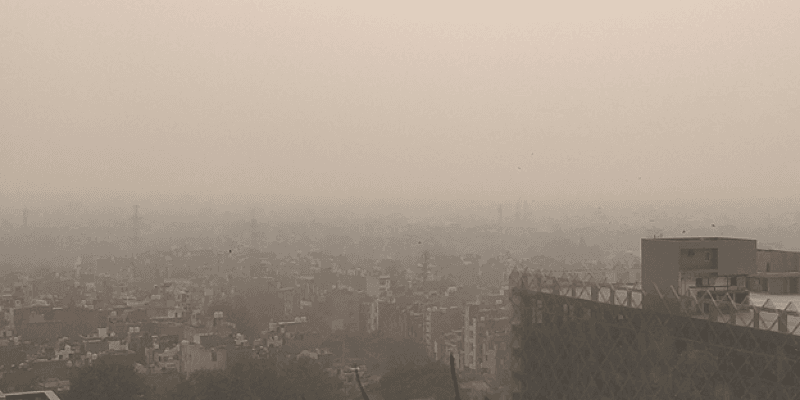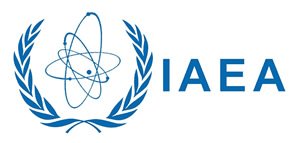RSS feed source: NIST Buildings & Construction
The fires that devastated many in Los Angeles in January 2025 not only scarred the landscape but also changed the air.
A day after the Eaton fire burned through Altadena, California, chlorine levels in the atmosphere reached approximately 40 times the normal amount, while lead peaked at over 100 times the usual level. Atmospheric chlorine can cause respiratory irritation and distress; lead can cause damage to the brain and central nervous system.
“The Los Angeles fires burned homes and cars, which contain electronics, plastics and other synthetic materials that can give off toxic chemicals when they burn,” said Nga Lee “Sally” Ng, a professor at Georgia Tech.
Ng leads the U.S. National Science Foundation-supported Atmospheric Science and Chemistry mEasurement NeTwork (ASCENT), which includes 12 air quality measurement sites nationwide. Each site has state-of-the-art instruments that help us understand aerosols, or tiny particles in the atmosphere. The network is constantly analyzing the chemical constituents of aerosols with a diameter smaller than 2.5 micrometers, referred to as PM2.5, which contribute to more than 90% of the adverse health impacts associated with air pollution.
Researchers in the ASCENT team analyzed data from three locations across Southern California during and after the fire to reveal that certain aerosols carried a unique chemical signature associated with burning synthetic materials in urban fires.
“We now have a very powerful magnifying glass to see
Click this link to continue reading the article on the source website.

